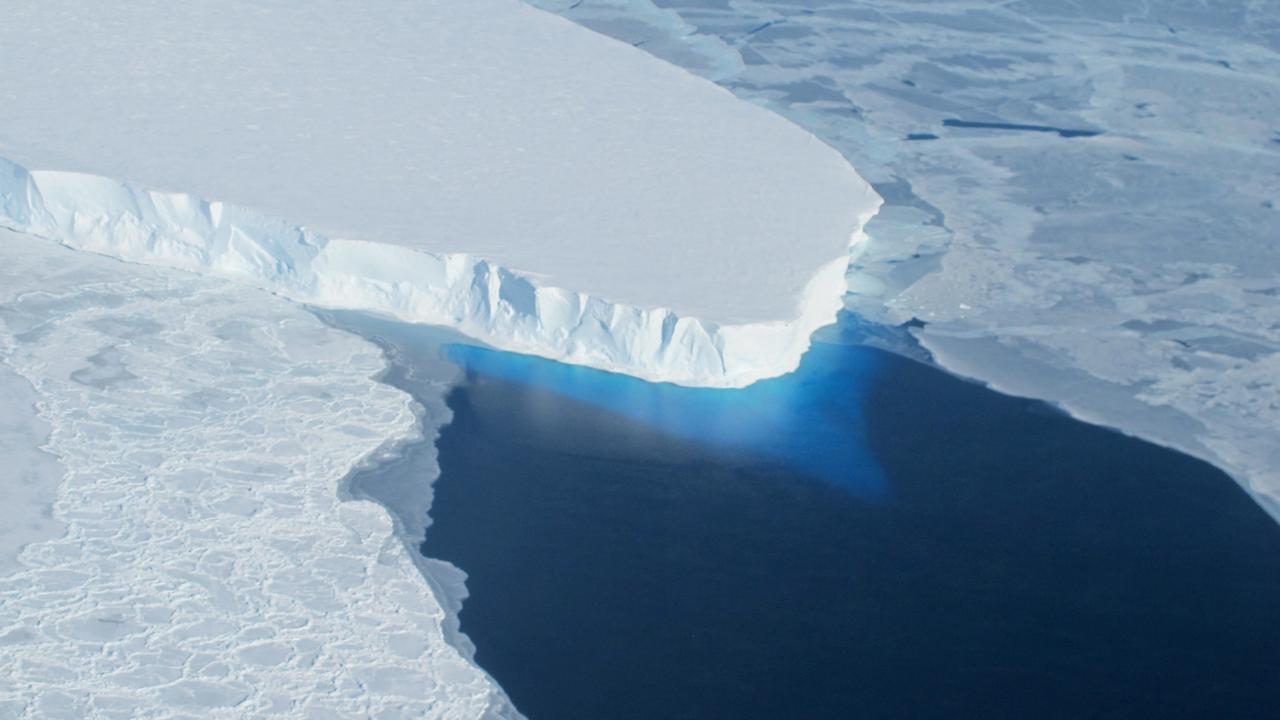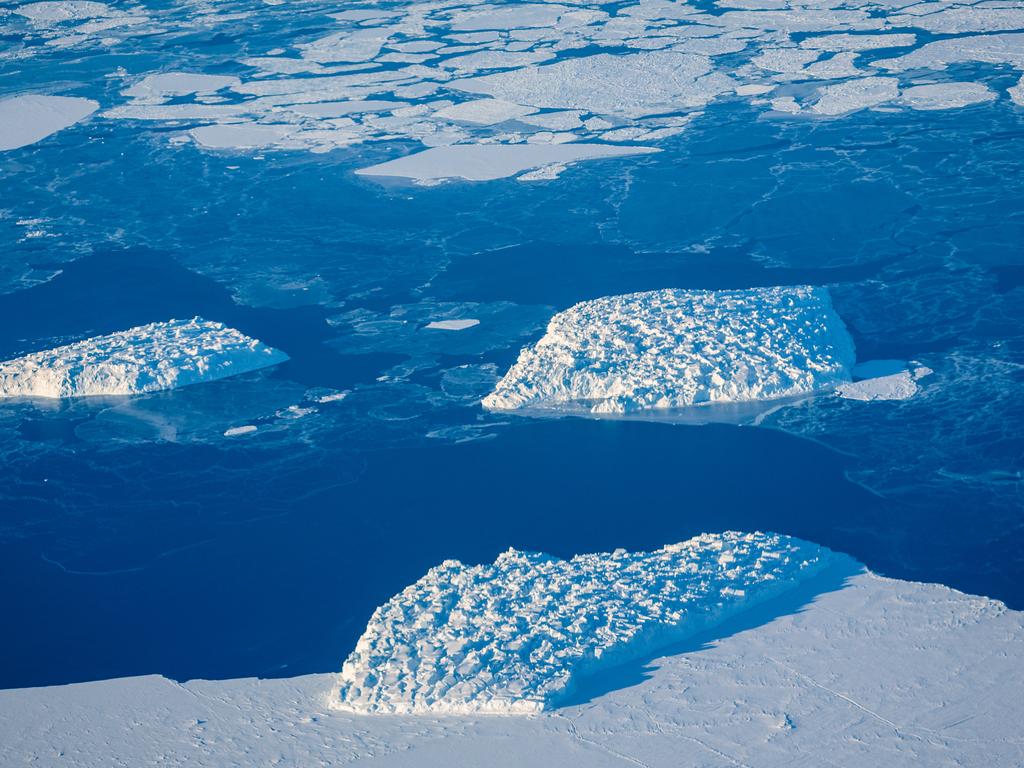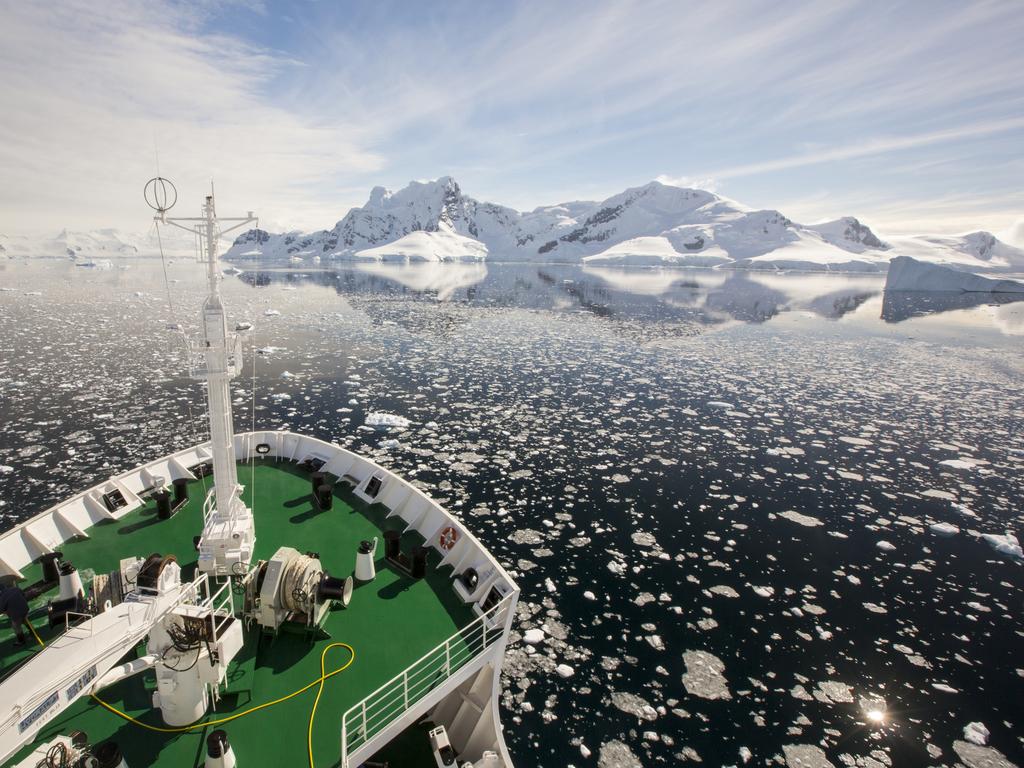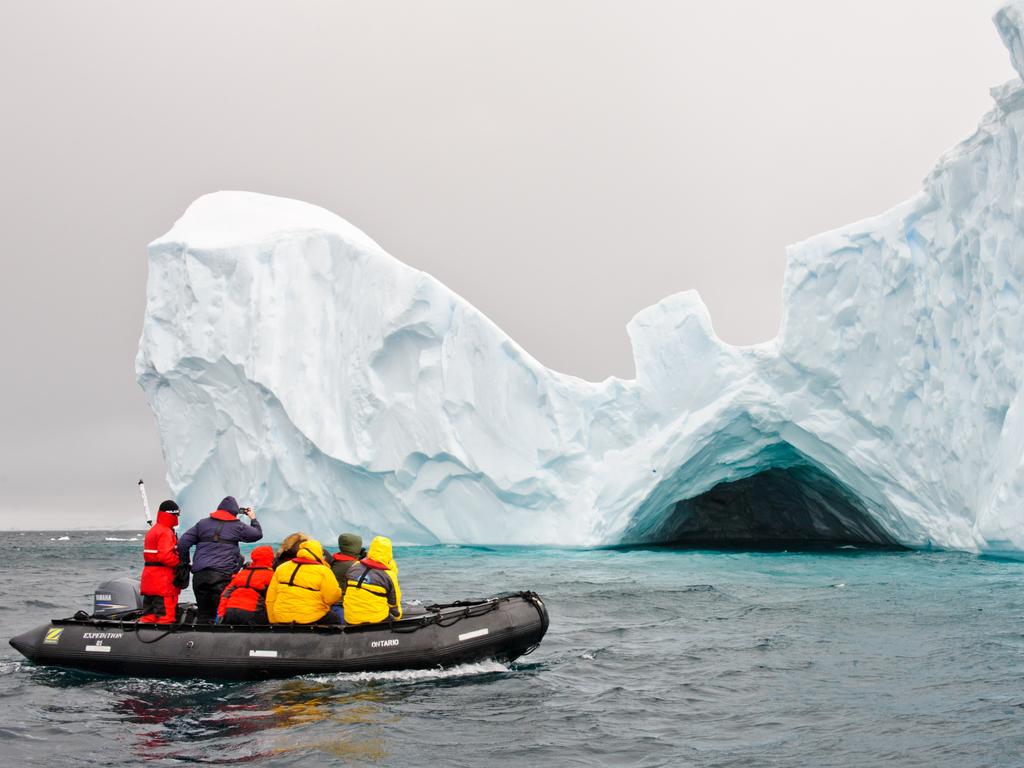Polar regions among the first to feel the impact of global warming
2024 Junior Journalist competition entry – Primary School News Story (Print) category: Antarctica prompts images of vast ice floes and majestic bergs but it’s heating up faster than other places

READING LEVEL: GREEN
The polar regions are the first to be affected by climate change, especially Antarctica.
Floating ice shelves are melting quickly, raising concerns about sudden, uncontrollable sea level rise.
The Antarctic Peninsula is one of the most rapidly heating places in the southern hemisphere, with average summer temperatures increasing by over three degrees between 1970 and 2020.
Since the 1970s the southern ocean has absorbed as much as 75 per cent of the axis heat created by humans and 40 per cent of the carbon dioxide, both of which are already impacting Antarctic ecosystems.

At first glance, the situation with the Antarctic ice sheet may look unclear. In some parts of Antarctica, the ice sheet is melting quickly. In other areas, it is growing due to unusually
large snowfalls (an increase of 20cm per year) caused by changes in the climate. The Antarctic ice sheet is in decline and has been for decades.
Not only is Antarctic ice melting more quickly then snow can replace it, but the rate loss due to melting and calving is increasing. Each year, the ice sheet is shrinking more rapidly.
The west Antarctic ice sheet is the first dramatic ice loss in Antarctica, and one of the most rapidly changing ice sheets on Earth.

As the ocean heats up and polar ice melts, sea levels are rising. In the year 2020, sea levels rose more than twice as quickly as they did in the 1990s.
As the Earth’s climate becomes warmer and more extreme, animals are forced to adapt to rapidly changing conditions. Across the globe, many hundreds of species are predicted to become extinct within the next 20 years.
To protect the west Antarctic ice sheet from melting, a gigantic underwater curtain has been proposed, to be installed on the Antarctic seabed.
However, the political outcome of such a super-project urgently requires careful consideration by scholars of international law, to anticipate potential political fault lines for the Antarctic Treaty System that has preserved the seventh continent as a place for peaceful scientific exploration.

Another idea would be to use air as a barrier for protecting glaciers.
A pipe – with holes drilled along it – would be laid down along the seabed and air pumped through it. The curtain of air bubbles that would rise from it might then be able to hold back the ingress of warm seawater.
Smart and clean infrastructure will reduce emissions, and make Antarctic societies more resilient.
The potential for low carbon development and investments represent major opportunities for Arctic economies.
The Arctic needs sustainable cities, low carbon transportation, renewable energy and energy efficiency.
Please note: Images were added to this Junior Journo competition entry by Kids News editors and minor edits applied as per publishing requirements and editorial guidelines on the site.

